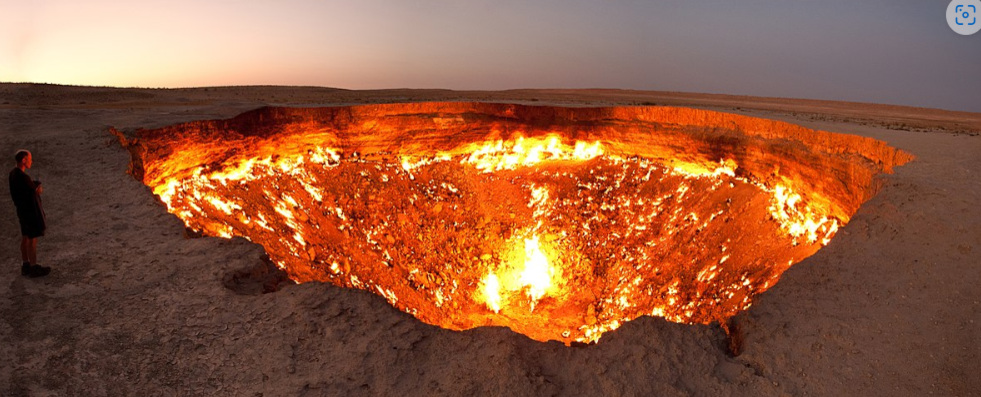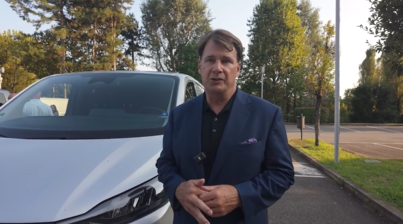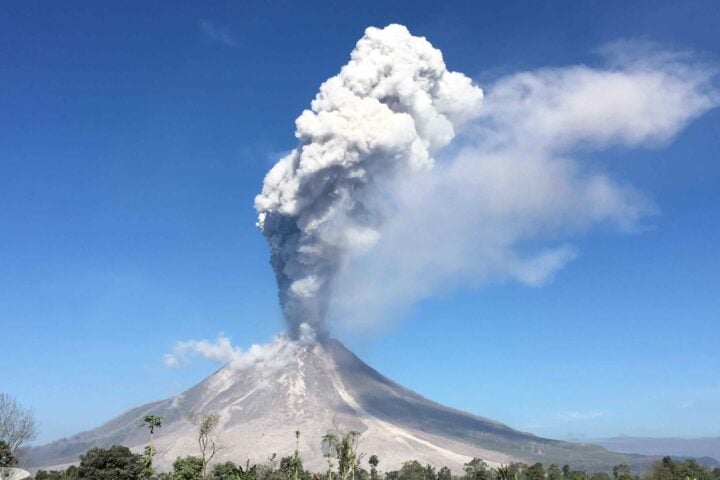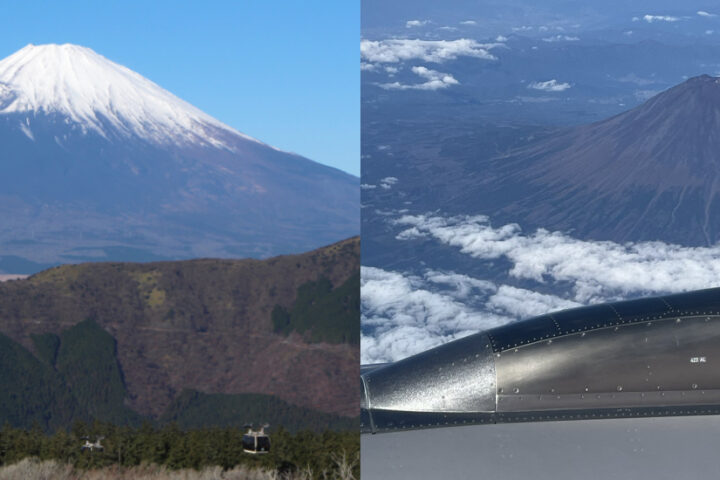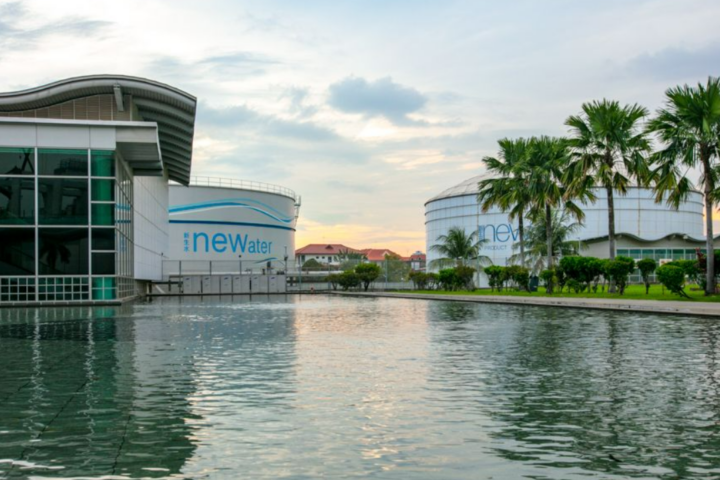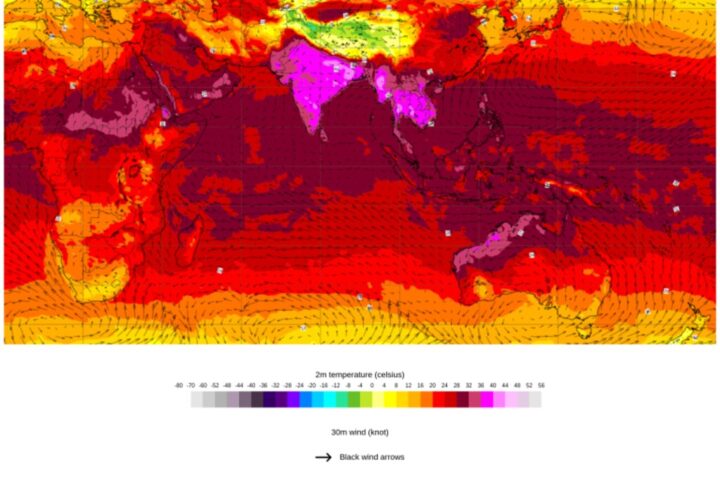In a groundbreaking move, Turkmenistan has announced its intention to capture the methane gas fueling the infamous “Gateway to Hell” in the Karakum Desert. This fiery crater, which has been ablaze since a Soviet drilling accident in 1971, has become an unlikely tourist attraction while simultaneously contributing to the country’s greenhouse gas emissions.
The Darvaza Debacle: A Soviet Legacy
The Darvaza crater’s origins can be traced back to a Soviet drilling operation gone awry. In 1971, a drilling rig accidentally punctured a natural gas pocket, causing the ground to collapse and creating a 20-meter-deep crater. To prevent the spread of poisonous gases, Soviet scientists decided to set the crater ablaze, expecting the fire to burn out within weeks. More than 50 years later, the flames continue to dance, fueled by an unending supply of methane.
Methane: The Potent Greenhouse Gas
Methane, the primary component of natural gas, is a significant contributor to global warming. Despite its shorter atmospheric lifespan compared to carbon dioxide, methane’s warming potential is 28 to 36 times greater over a 100-year period. According to the International Energy Agency (IEA), Turkmenistan ranks among the top methane emitters worldwide, with aging infrastructure and poor maintenance exacerbating the problem.
Similar Posts
Capturing the Flames: Turkmenistan’s Mitigation Efforts
Turkmenistan’s decision to capture the Darvaza crater’s methane is part of a larger effort to reduce the country’s environmental impact. Maksat Babayev, chairman of state gas firm Turkmengas, announced at an energy forum in Ashgabat that the country is “actively drilling a well to capture the gas.”
This initiative comes on the heels of a reported 10% reduction in methane emissions compared to 2020 levels, as verified by the Paris-based environmental engineering firm Kayrros. While Turkmenistan has previously announced plans to close the crater, this latest effort appears to be backed by concrete action.
Economic and Environmental Benefits
Capturing the methane from the Darvaza crater could yield significant economic and environmental benefits for Turkmenistan. By preventing the gas from escaping into the atmosphere, the country can reduce its greenhouse gas emissions and contribute to global efforts to mitigate climate change. Additionally, the captured methane could be used for energy production or exported, providing a new revenue stream for the nation.
Technological Challenges and Solutions
The process of capturing methane from the Darvaza crater has its challenges. The crater’s depth and the high concentration of methane gas require advanced technology and expertise. Turkmenistan is drilling a well to capture the gas, and there are plans for a second well. The success of these efforts will depend on the practical implementation of methane capture technologies and the country’s commitment to long-term monitoring and maintenance.
Looking Ahead: COP29 and Beyond
Turkmenistan’s announcement comes as world leaders prepare to gather for the 29th United Nations Climate Change Conference (COP29) in Baku, Azerbaijan. The conference will focus on nations’ progress and policies in tackling climate change, with methane emissions likely to be a key topic of discussion.
As the world watches, Turkmenistan’s efforts to close the “Gateway to Hell” and capture its methane emissions could serve as a model for other nations grappling with similar challenges. The successful implementation of this project could demonstrate the viability of methane capture technologies and encourage other countries to invest in similar initiatives.
Opening the “Darvaza”
Turkmenistan’s decision to capture the methane fueling the Darvaza crater marks a significant step in reducing its environmental impact. By addressing this long-standing issue, Turkmenistan has the opportunity to mitigate its greenhouse gas emissions and set an example for other nations facing similar challenges.
As the world grapples with the urgent need to address climate change, initiatives like Turkmenistan’s methane capture project offer hope. We can work towards a cleaner, more sustainable future through innovative technologies, international cooperation, and a commitment to sustainable practices.
